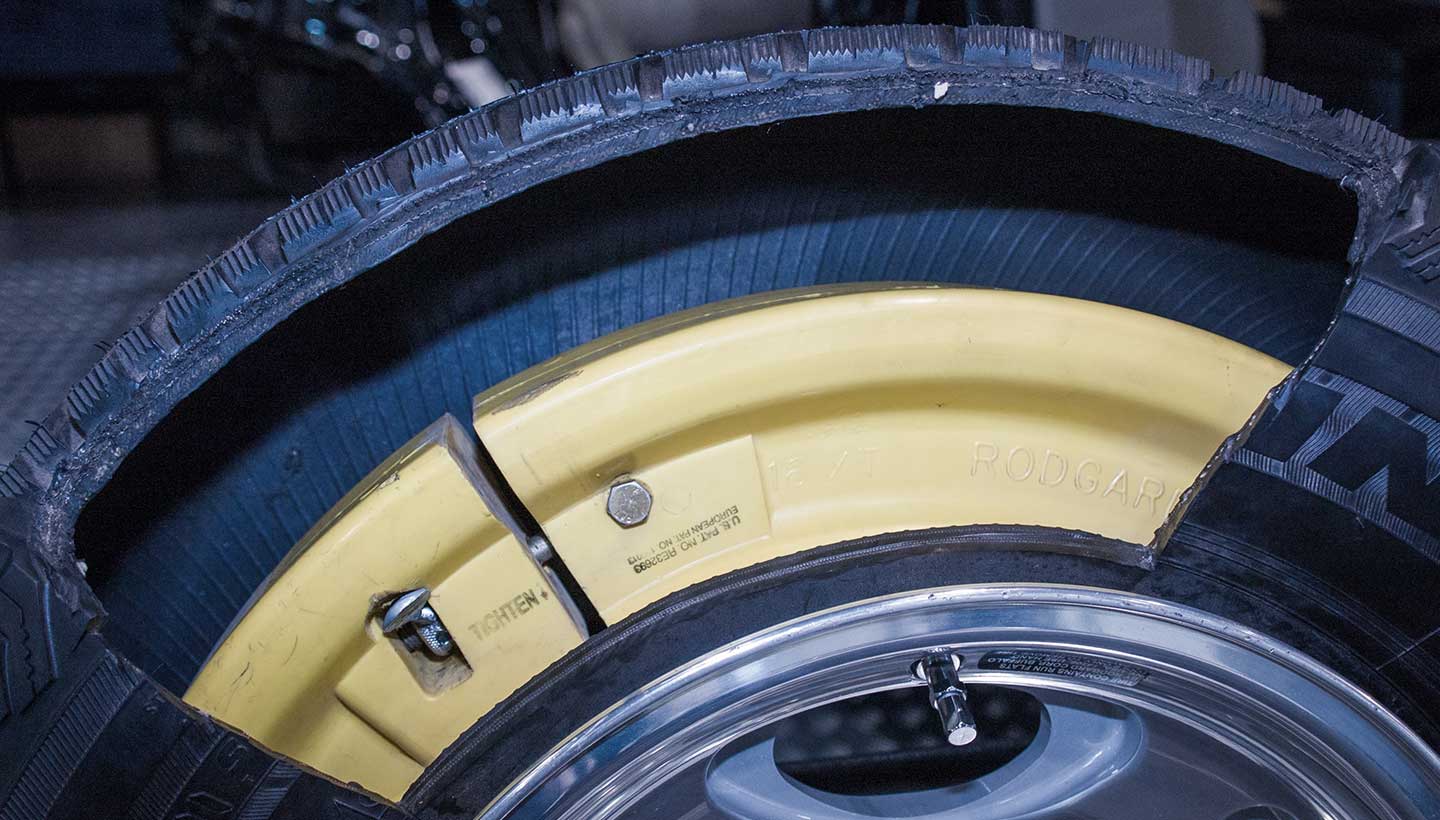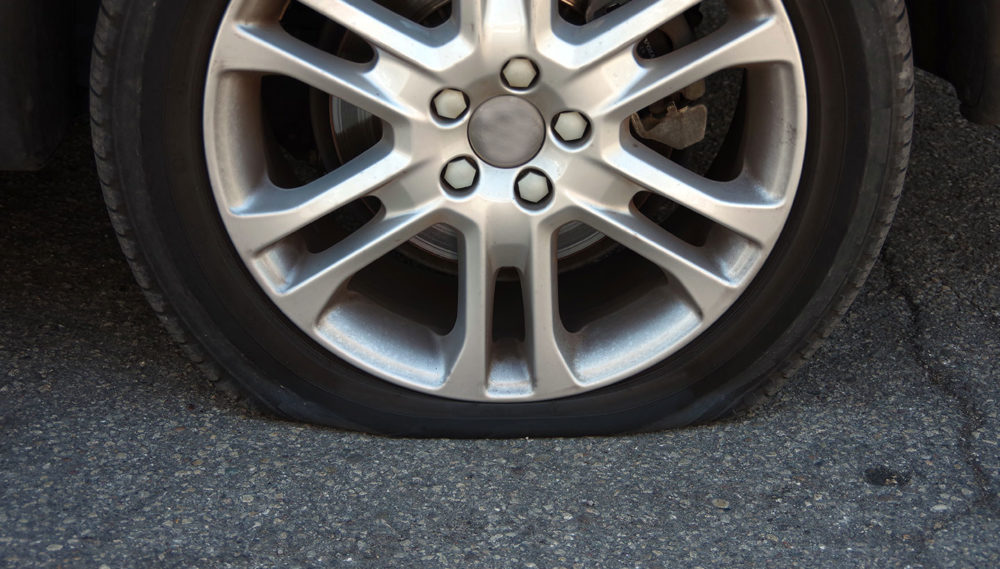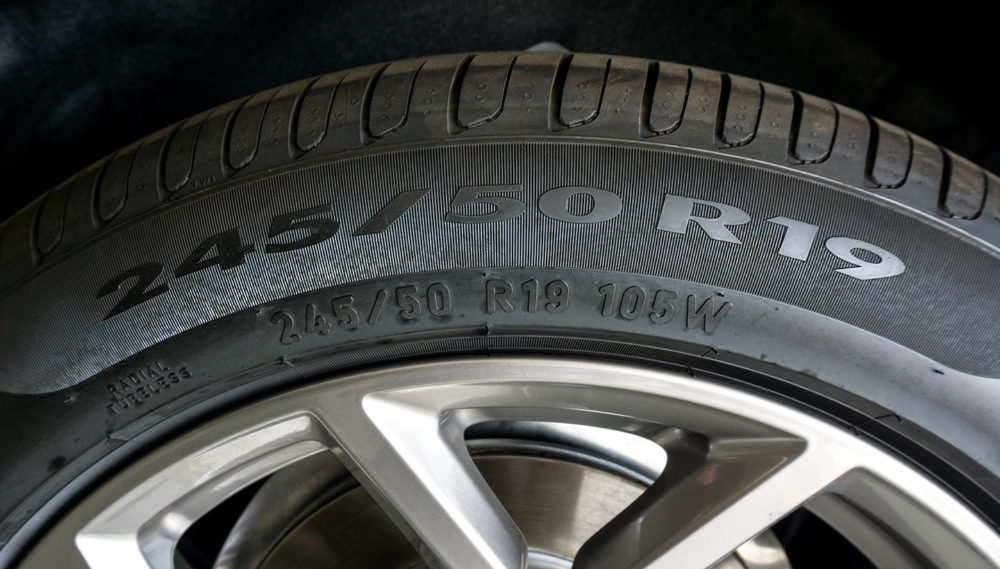Get to Know the Term Run Flat Tire on Car Tires
28 May, 2024

Run-flat tire (RFT) is a tire technology that has been developed since the 1980s. However, at that time this technology was not widely used because of the limitations of its supporting technology. Currently, RFT tires are widely used for luxury cars.
Using RFT tires provides its own advantages and disadvantages for your vehicle. However, the advantage of RFT tires is that they work like tires in general. The tires still contain air with the appropriate pressure.
However, when the tire is flat, the driver can continue the journey for tens of kilometers; only it remains underinflated. So that traveling using RFT tires is more practical and not afraid of emergencies. For more details about running flat tires, let’s read the review below:
What is a Run Flat Tire?
A run-flat tire is a type of tire designed to allow a vehicle to continue driving even if there is a puncture or loss of air pressure. This technology allows the driver to maintain control of the vehicle and continue traveling for a certain distance and at a limited speed, usually enough to reach a repair shop or a safe place to change the tire.

Function of Run Flat Tire on Cars
The main function of a run flat tire is to allow the vehicle to continue moving even if the tire has a puncture or has lost air pressure completely. Here are some specific functions of a run flat tire:
-
Improve Security
Run Flat Tire is designed to maintain its shape and function even without air pressure, allowing the driver to maintain safe control of the vehicle. This is especially important in emergency situations where a regular tire would quickly deflate and result in a risk of accident.
-
Reducing Emergency Tire Replacements
Using run flat tires, drivers do not have to immediately change tires at the scene of the accident, which can be dangerous or uncomfortable. This provides the flexibility to reach a safer place or a repair shop for repairs.
-
No Spare Tire Needed
Because of the run flat tire’s ability to remain functional after losing pressure, many automakers no longer provide a spare tire, which saves space and weight in the vehicle.
-
Maintaining Vehicle Performance
Because of the run flat tire’s ability to remain functional after losing pressure, many automakers no longer provide a spare tire, which saves space and weight in the vehicle.
-
Reducing Dependence on Emergency Services
Drivers do not need to immediately call roadside assistance or towing services, which can be time-consuming and expensive, because they can reach the repair shop themselves.
Supporting Technology in Run Flat Tire
This tire has supporting technology to work optimally. This technology will later perfect the function of the RFT tire.
-
Reinforced Side Walls
Run flat tires have thicker, stronger sidewalls, which are able to support the vehicle’s load even if air pressure is lost.
-
Support Ring System
Using a support ring mounted on the wheel and inside the tire to support the weight of the vehicle when the tire is flat. So that the car can still run even though the tire is flat because there is a retaining ring inside the tire.
-
Tire Pressure Monitoring System (TPMS)
Vehicles that use run-flat tires are usually equipped with a TPMS that alerts the driver when tire pressure drops, so they can take appropriate action without waiting for the tire to completely deflate.
-
Special Design
These tires are designed to minimize deformation when air pressure is lost, thus still providing better stability and control than ordinary tires under the same conditions.

Run Flat Tire Limits
Having many advantages to keep working in an emergency, but this tire has limitations that you can feel directly. From the terms of comfort, price to the type of car that can use the RFT tire.
-
Limited Distance and Speed
When a leak occurs, run flat tires can usually be used for a distance of around 80-100 km at a maximum speed of 80 km/h, depending on the manufacturer’s specifications.
-
Cost
Run flat tires are generally more expensive than conventional tires, both in terms of purchase price and maintenance and replacement costs.
-
Driving Comfort
Due to the stiffer sidewalls, run flat tires can provide a harsher riding experience than regular tires.
-
Compatibility
Not all vehicles are designed to run flat tires. Vehicles must be equipped with a tire pressure monitoring system (TPMS) to notify the driver when tire pressure is low.
After listening to the review above about run-flat tires, now you know one of the more sophisticated types of tires. If the tire pressure decreases or runs out, you don’t need to immediately fill or replace it, but still drive at a limited speed.
Using this type of tire certainly has its own advantages and disadvantages. Therefore, you can adjust it to the desired conditions.



